Maybe you don’t want to spend a lot of money on a system camera (yet). You have a smartphone and naturally take it with you when you travel. But you’re not quite happy with your holiday photos yet? Then read on…
Page Contents (click line to jump the text)
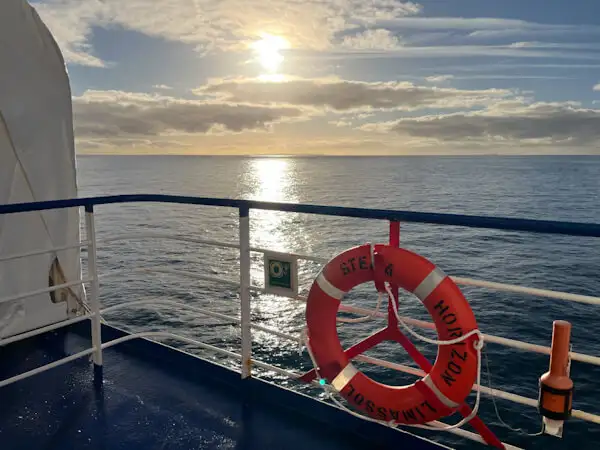
Intro
In the past, most households I knew had at least one analogue compact camera at home. These were simple, pocket-sized cameras, usually equipped with a wide-angle lens, which you could easily take with you on holiday.
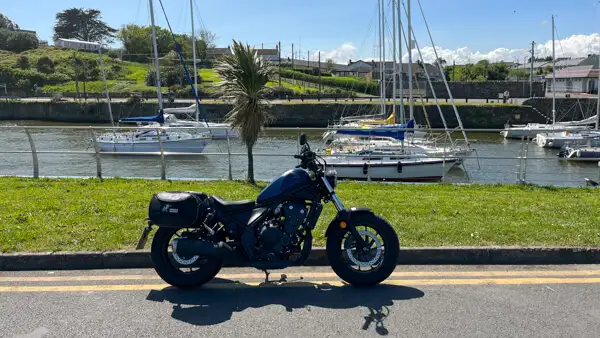
Smartphones didn’t exist yet, nor did mobile phones. The image quality of the compact cameras was usually manageable, but they were comparatively cheap, easy to use and simply uncomplicated for holiday photos.
Today, pretty much everyone has a smartphone – and typical mid-range smartphones have much better built-in cameras than the analogue compact cameras of the past!

However, most people mainly use their smartphones for selfies and cat photos. There’s nothing wrong with that and you can do the same when you’re travelling. A few more snapshots of the hotel and the beach, but somehow they’re not really that exciting yet.
In fact, you have plenty of opportunities to take lots of varied and exciting travel photos with your smartphone.
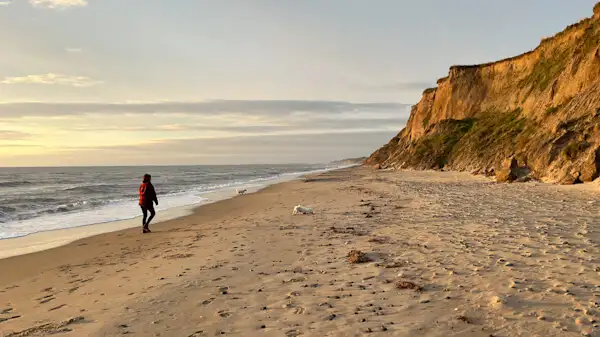
How? We’ll get to that in a moment.
By the way, I took all the photos in this article with my smartphone. I’m not saying they all turned out well, but I hope they are a bit illustrative for this article.
Tip number 1: You need good light for smartphone photos
Smartphone cameras are small marvels. But in reality, they offer little camera and a lot of computer power. They are usually really good in good light, but in poor light, the image quickly becomes grainy.
To compensate for this, many manufacturers offer the option of a longer exposure. This works quite well if you really hold the phone still for a moment. The slightly blurred image is then combined by the phone into a ‘night shot’.

What does that mean? You need a nice light source, or several. And you need more light than a system camera.
Photos at sunrise or sunset are possible and look super nice because you have a great light source.
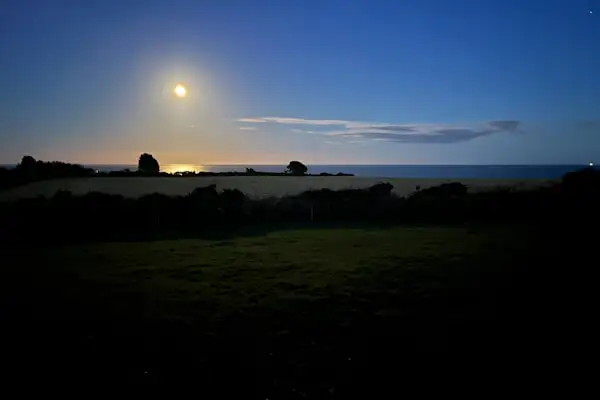
Photos taken during the blue hour, by moonlight or in dim street lighting are much more difficult. But if you’re travelling in a city with lots of lighting, you’ll have plenty of exciting light sources.
Don’t just try to take photos in the middle of the day. Also take photos at dusk, when the light is already golden – and still bright enough! You can take landscape shots, city and street shots, selfies or architectural shots during the golden hour, i.e. shortly after sunrise or shortly before sunset.
If the weather is clear, you have another option in the city during the blue hour. The blue hour refers to the time of dawn or dusk, when the light is weaker and the sky is pink or purple in colour. In other words, just before it gets really dark in the evening, or just before it gets really light in the morning.
Then you have interesting light and beautiful colours in the sky. However, this is not enough for most smartphones, you need other light sources, otherwise your picture will just be dark or grainy (digital noise).
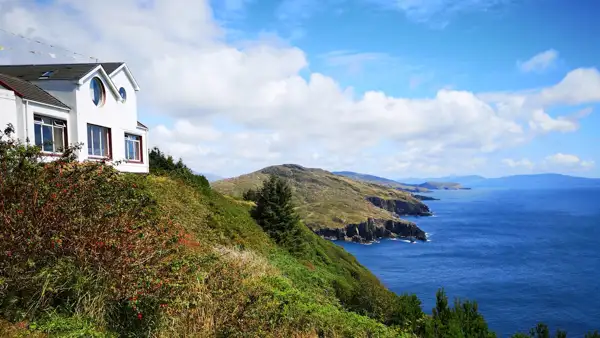
The city offers further sources of light: beautiful buildings or monuments are often illuminated, illuminated advertising hangs everywhere, there are street lamps, colourful neon lights in shop windows, lights in traffic and so on.
This can be an exciting time for cool city photos, but also selfies in the city, silhouettes of people against illuminated backgrounds, the illuminated castle against a purple sky and much more.
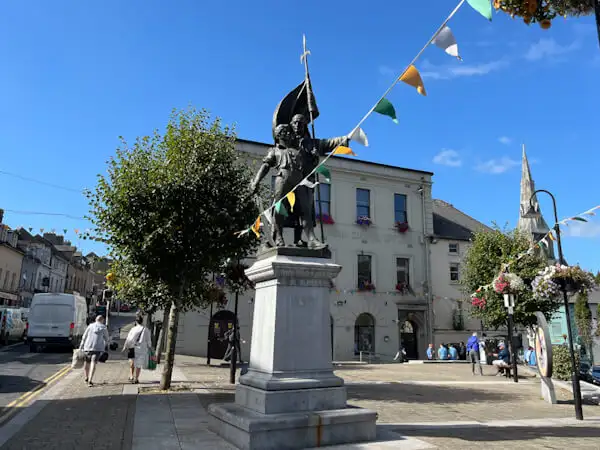
Tip number 2: Use the digital zoom with caution
Inexpensive smartphones usually have one camera lens, mid-range phones have two and higher-end phones may have three or four lenses.
‘It doesn’t matter, I can zoom into the picture with my fingers and then it will be enlarged’
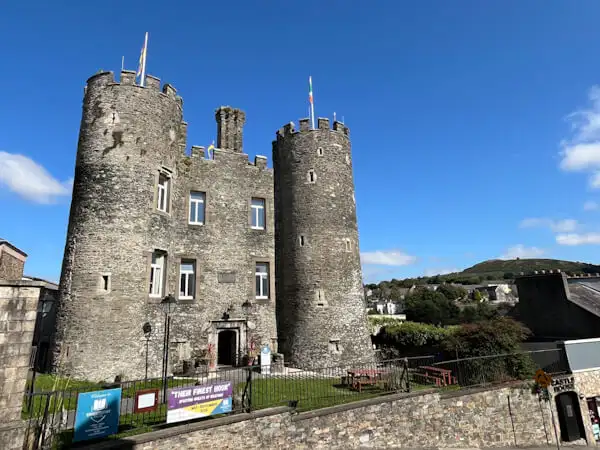
I therefore only use the digital zoom minimally, if at all. I usually use the standard lens and the wide-angle lens as they are. Unfortunately, I don’t have a telephoto lens (like the Iphone Pro), but I would highly recommend it.

How do you actually recognise this: My screen shows the degree of magnification. 1x stands for the standard lens, 0.5x stands for the wide-angle lens. I click on it and then my pictures have the maximum quality without any losses.
Tip number 3: Use different perspectives: high and low
If we all take the same photos from eye level, they all look the same.
You can easily escape this: Climb the tower of the church or go to the roof terrace of the TV tower, climb a mountain or a hill, climb a railing – and take photos from above.
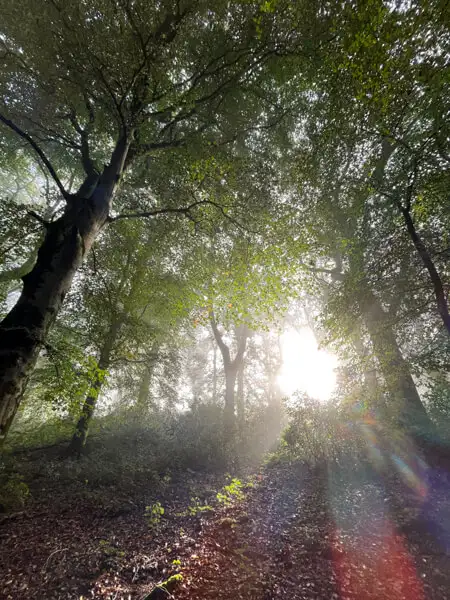
You’ll be surprised how much difference just a little more height can make! Why? As the human eye is trained to ‘eye level’, the viewer will immediately notice if you have photographed from a different perspective – your picture is different and more interesting.
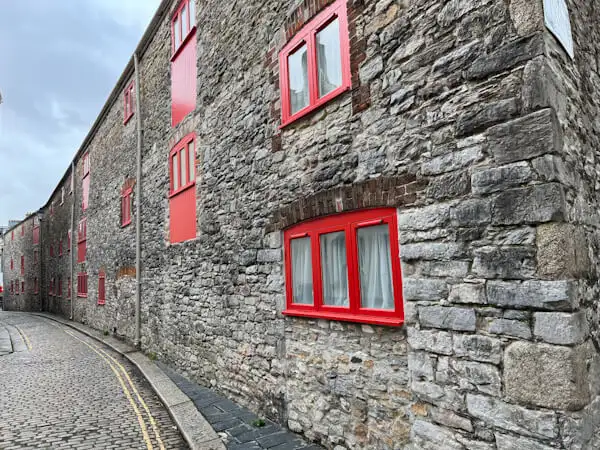
The same applies to depth: take photos from below: From a staircase to the top, from ground level to the top, or from the valley to the mountain. Stand directly in front of an object and photograph steeply upwards. Look vertically into the crown of a tree or at the stucco ceiling of a church. Photograph people or objects from the bottom up. You don’t have to overdo the effect, but every now and then – it’s cool!
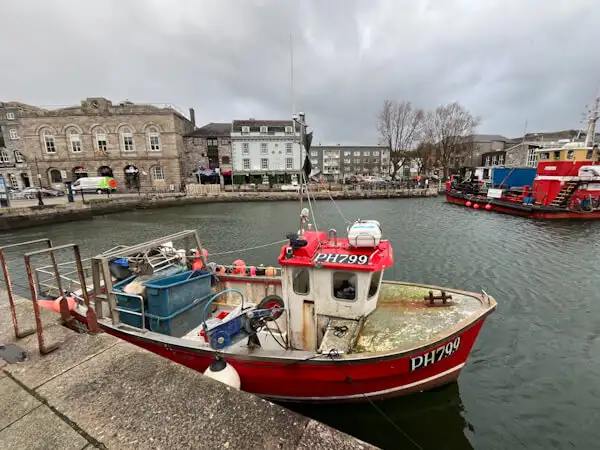
Tip number 4: Pay attention to colours in the image
Look for colourful objects or people with colourful clothing that you can incorporate into your photos. Some colour in the picture that stands out from the background often makes the picture more interesting.
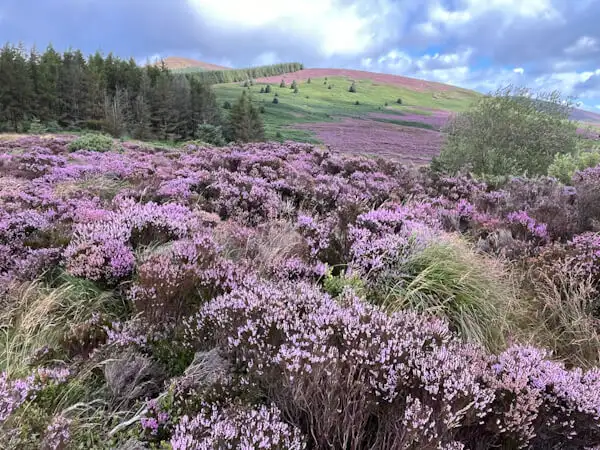
Especially in landscape photography, people with coloured jackets can also be in the picture.
But there are also many beautiful motifs in the city or at sights that become more interesting with a few splashes of colour: Red telephone box (English) in front of a grey statue, colourful house facades (Irish) in front of a church, or colourful fishing boats on a grey harbour pier – look for colour and you will find it.
Tip number 5: Pay attention to light, shadows and contrasts
Smartphones tend to display photos with plenty of contrast (and plenty of colour) anyway. You can also make deliberate use of this. If you’re out and about in the city on a sunny day, look through the streets and you’ll always recognise shady strips and sunny areas.
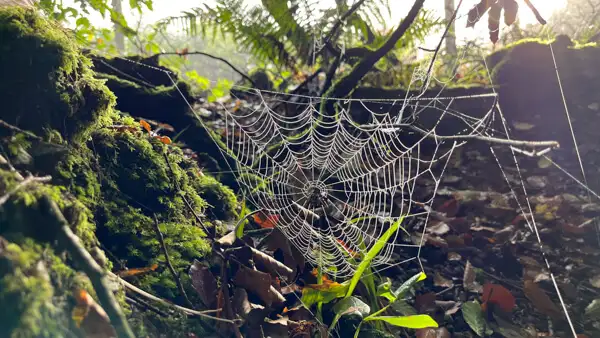
Some photos become more interesting when there is a bit of light and shadow in the picture: the cyclist in the light, the houses in the dark, for example.
In the landscape, too, the play of light and shadow can emphasise natural elevations and landscape formations, such as waves in the hills or rugged ridges on the mountain.
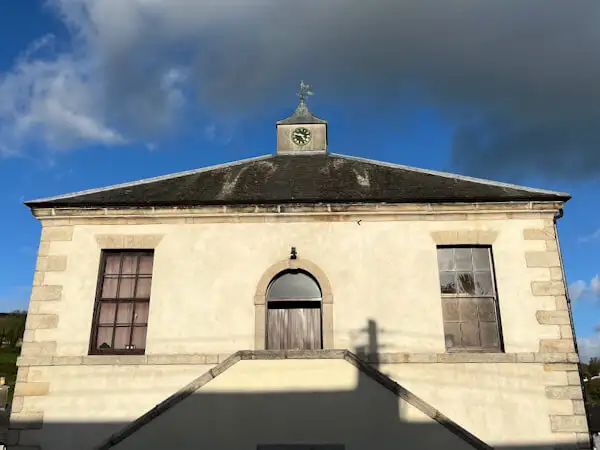
Incidentally, this works particularly well in the morning or evening when the sun’s rays come in at an angle from the side.
Tip number 6: Find interesting people as subjects
After all, you are on holiday and it may well be that people there look different, behave differently and do different things than at home.
Which people are doing something interesting? Which people are possibly dressed in traditional costume? Which people lend themselves as a living foreground for the beautiful houses, the beautiful landscape or the sights behind them?
Familiarise yourself in advance with the photo rights in your target country. In Germany, the person concerned (on the street) always has the right to their picture – if they don’t want to be photographed, you shouldn’t do it either.

There are a few exceptions to this rule. In Ireland and England, on the other hand, you can take photos freely in public, but only on private property if it is permitted.
My experience with this is that hardly anyone has a problem with tourists taking – respectful – photos along the way and getting a few people in the picture. If you get too close to people, you should ask for permission, which can also be done with friendly gestures. If in doubt, you must always ask the police and military for permission.
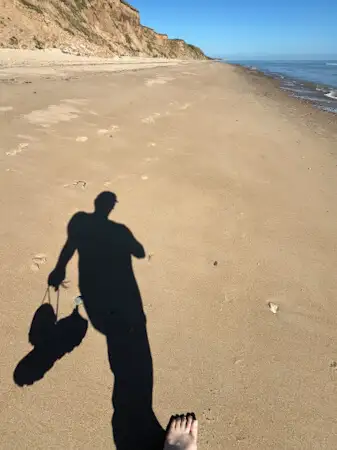
Conclusion
So, that should be enough for now – by the way, a postscript to my photos: I’m a learning amateur – like you – and I don’t take perfect pictures by any means.
But I’ll show you the ones I take. Decide for yourself what you like or don’t like and then we can both try to take more interesting photos on your next trip with a few good tips along the way – with your smartphone!
I wish you a good trip and lots of beautiful photos!
More interesting articles for you
Affordable travel cameras for beginners
Why a system camera and not a smartphone when travelling?
WHAT EXACTLY IS TRAVEL PHOTOGRAPHY?
Which (first) camera to buy for travel photography?
Cover picture: Beach in the early morning (Photo: Ulrich Knüppel-Gertberg)